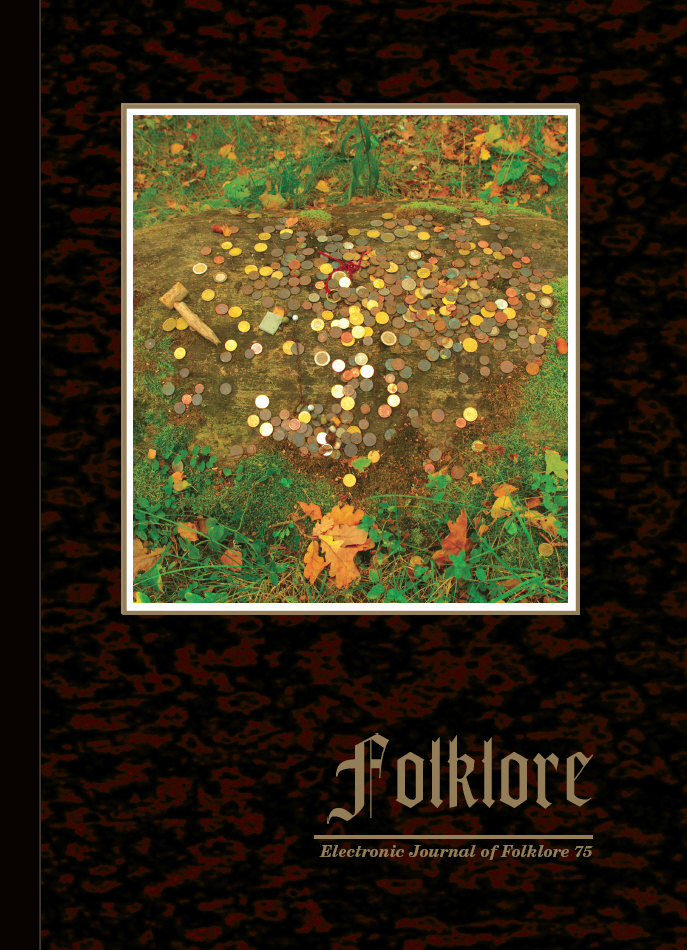Context- and Belief-Related Aspects of Estonian Riddles
Context- and Belief-Related Aspects of Estonian Riddles
Author(s): Piret Voolaid Subject(s): Customs / Folklore, Cultural Anthropology / Ethnology, Culture and social structure
Published by: Eesti Kirjandusmuuseum
Keywords: belief aspects of riddling; context of riddles; Estonian riddles; neck riddles;
Summary/Abstract: This article studies the belief-related context (of use) of Estonian riddles. The study is based on archival records dating back to the end of the nineteenth and beginning of the twentieth centuries, which are concerned with solving riddles and primarily reflect the way that people in a peasant society thought. In addition to the studies that focus on texts of regular riddles (e.g. dealing with poetics or geographical dispersion), this paper discusses the belief-related functions of riddles that have been minimised during cultural changes. The study gives consideration to links between Estonian archival material and archaic mythological riddle forms (neck-riddles, kennings), taboos and restrictions related to solving riddles as well as to combinations of belief-related backgrounds with playful and entertaining aspects. Belief-related backgrounds are confirmed by the syncretic relation of riddle solving to everyday tasks (e.g. solving riddles in the autumn and winter periods as part of calendar traditions, riddles in marriage proposals and wedding traditions), which reveal connections to both sacral and profane changes of time, including economy; on occasion, solving riddles served to ensure personal luck and to promote one’s household and work.
Journal: Folklore: Electronic Journal of Folklore
- Issue Year: 2019
- Issue No: 75
- Page Range: 131-148
- Page Count: 18
- Language: English

